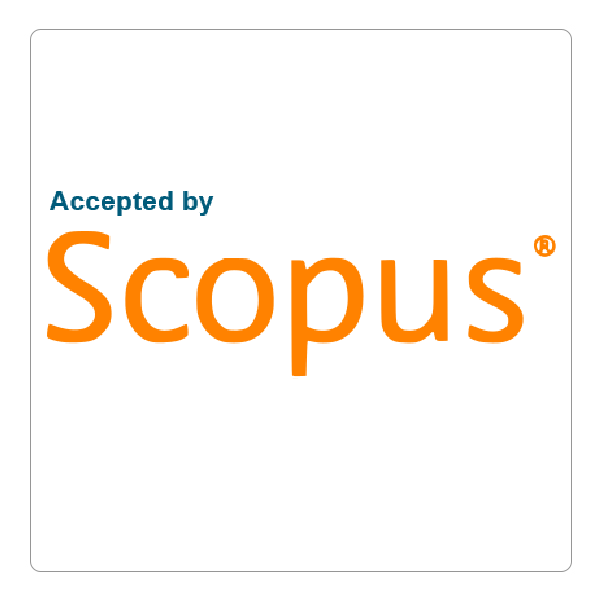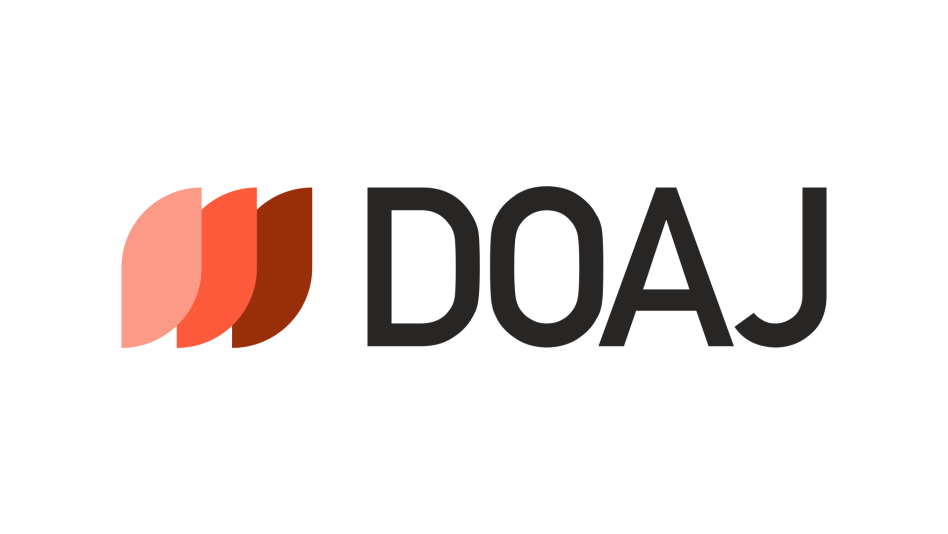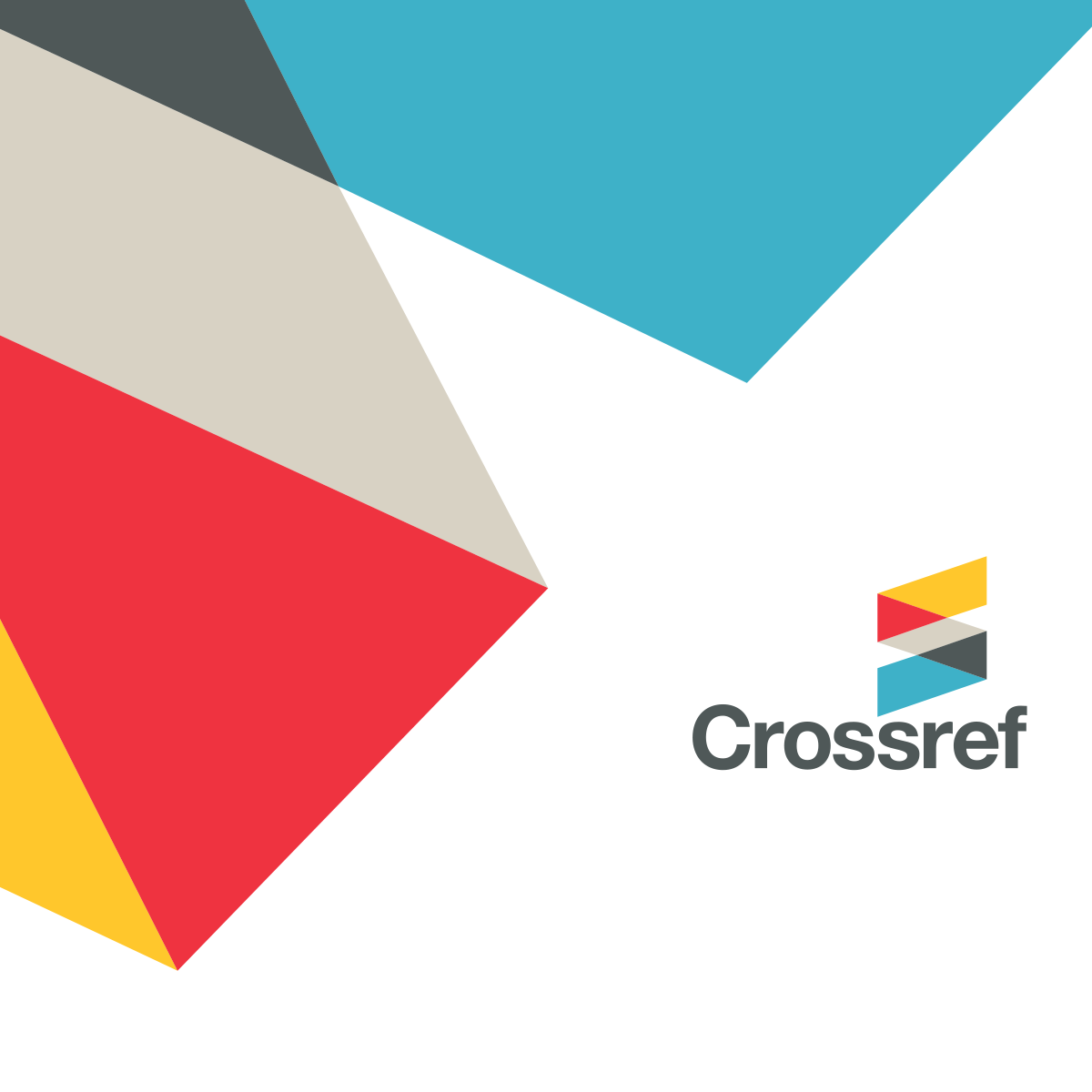How to Cite This Article
Khdir, Younis Khalid
(2019)
"Analytical and Numerical Investigation of Hardening Behavior of Porous Media,"
Polytechnic Journal: Vol. 9:
Iss.
2, Article 1.
DOI: https://doi.org/10.25156/ptj.v9n2y2019.pp1-10
Document Type
Original Article
Abstract
In this study, a comparative analysis is presented between a new proposed analytical model and numerical results for macroscopic behavior of porous media with isotropic hardening in its matrix. The macroscopic behavior of a sufficiently large representative volume element (RVE), with 200 identical spherical voids, was simulated numerically using finite element method and compared with elementary volume element that contains one void. The matrix of the porous material is considered as elasto-plastic with isotropic hardening obeys exponential law for isotropic hardening. A new parameter was added with exponential law for isotropic hardening to represent the new proposed analytical model for macroscopic isotropic porous hardening. The new added parameter B depended only on the porosity. The results of the new proposed analytical model were compared with numerical results for different types of cyclic loading. Very good agreements were found between the numerical results and the proposed analytical model.
Publication Date
10-30-2019
References
Allain, S. and O. Bouaziz. 2008. Microstructure based modeling for the mechanical behavior of ferrite pearlite steels suitable to capture isotropic and kinematic hardening. Mater. Sci. Eng. A. 496(1-2): 329-336.
Balan, T. and O. Cazacu. 2013. Elastic plastic ductile damage model based on strain-rate plastic potential. Mech. Res. Commun. 54: 21-26.
Becker, R. and A. Needleman. 1986. Effect of yield surface curvature on necking and failure in porous plastic solids. J. Appl. Mech. 53(3): 491-499.
Berisha, B., P. Hora, A. Wahlen and L. Tong. 2010. A combined isotropic-kinematic hardening model for the simulation of warm forming and subsequent loading at room temperature. Int. J. Plast. 26(1): 126-140.
Besson, J. 2010. Continuum models of ductile fracture: A review. Int. J. Damage Mech. 19(1): 3-52.
Besson, J. and C. Guillemer-Neel. 2003. An extension of the green and gurson models to kinematic hardening. Mech. Mater.35(1-2): 1-18.
Besson, J., D. Moinereau and D. Steglich. 2006. Local Approach to Fracture. Presses des MINES, France.
Buryachenko, V. A. 1996. The overall elastopIastic behavior of multiphase materials with isotropic components. Acta Mech. 119(1-4): 93-117.
Cao, J., W. Lee, H. S. Cheng, M. Seniw, H. P. Wang and K. Chung. 2009. Experimental and numerical investigation of combined isotropic-kinematic hardening behavior of sheet metals. Int. J. Plast. 25(5): 942-972.
Cardoso, R. P. and J. W. Yoon. 2009. Stress integration method for a nonlinear kinematic/isotropic hardening model and its characterization based on polycrystal plasticity. Int. J. Plast. 25(9): 1684-1710.
Carollo, V., M. Paggi and A. Rossani. 2016. A two parameter elastoplastic formulation for hardening pressure-dependent materials. Mech. Res. Commun. 77: 1-4.
Chaaba, A. 2013. Reliability assessment by analytical calculation of the plastic collapse load of thin pressure vessels with strain hardening and large deformation. Thin Walled Struct. 62: 46-52.
Chaboche, J. and O. Jung. 1997. Application of a kinematic hardening viscoplasticity model with thresholds to the residual stress relaxation. Int. J. Plast. 13(10): 785-807.
Chaboche, J. L. 1986. Time-independent constitutive theories for cyclic plasticity. Int. J. Plast. 2(2): 149-188.
Chaboche, J. L. 2008. A review of some plasticity and viscoplasticity constitutive theories. Int. J. Plast. 24(10): 1642-1693.
Chawla, N. and X. Deng. 2005. Microstructure and mechanical behavior of porous sintered steels. Mater. Sci. Eng. A. 390(1-2): 98-112.
Chow, C. and X. Yang. 2003. Prediction of forming limit diagram with mixed anisotropic kinematic isotropic hardening plastic constitutive model based on stress criteria. J. Mater. Process. Technol. 133(3): 304-310.
De Angelis, F. 2012. A comparative analysis of linear and nonlinear kinematic hardening rules in computational elastoplasticity. Technische Mech., 32(2-5): 164-173.
Doghri, I. and A. Ouaar. 2003. Homogenization of two-phase elastoplastic composite materials and structures: Study of tangent operators, cyclic plasticity and numerical algorithms. Int. J. Solids Struct. 40(7): 1681-1712.
Chaboche, J. L., Kanouté, P and F. Azzouz. 2012. Cyclic inelastic constitutive equations and their impact on the fatigue life predictions. Int. J. Plast. 35: 44-66.
Doghri, I. and C. Friebel. 2005. Effective elasto-plastic properties of inclusion-reinforced composites. Study of shape, orientation and cyclic response. Mech. Mater. 37(1): 45-68.
Dung, N. L. 1992. Three-dimensional void growth in plastic materials. Mech. Res. Commun. 19(3): 227-235.
Fritzen, F., S. Forest, T. Böhlke, D. Kondo and T. Kanit. 2012. Computational homogenization of elasto-plastic porous metals. Int. J. Plast. 29: 102-119.
Gurson, A. L. 1977. Continuum theory of ductile rupture by void nucleation and growth: Part I yield criteria and flow rules for porous ductile media. J. Eng. Mater. Technol. 99(1): 2-15.
Hashemi, E. and B. Farshi. 2011. Cyclic loading of beams based on kinematic hardening models: A finite element approach. Int. J. Model. Optim. 1(3): 210.
Jiang, T., J. F. Shao and W. Xu. 2011. A micromechanical analysis of elastoplastic behavior of porous materials. Mech. Res. Commun. 38(6): 437-442.
Jin, C., J. Niu, S. He and C. Fu. 2008. Modeling thermal cycling induced micro-damage in aluminum welds: An extension of Gurson void nucleation model. Comput. Mater. Sci. 43(4): 1165-1171.
Khan, A. S. and K. M. Jackson. 1999. On the evolution of isotropic and kinematic hardening with finite plastic deformation Part I: compression/tension loading of OFHC copper cylinders. Int. J. Plast. 15(12): 1265-1275.
Khdir, Y. K., T. Kanit, F. Zaïri and M. Naït-Abdelaziz. 2014. Computational homogenization of plastic porous media with two populations of voids. Mater. Sci. Eng. A. 597: 324-330.
Khdir, Y. K., T. Kanit, F. Zaïri and M. Naït-Abdelaziz. 2015. Acomputational homogenization of random porous media: Effect of void shape and void content on the overall yield surface. Eur. J. Mech. A Solids. 49: 137-145.
Khdir, Y., T. Kanit, F. Zaïri and M. Nait-Abdelaziz. 2013. Computational homogenization of elastic plastic composites. Int. J. Solids Struct. 50(18): 2829-2835.
Khoei, A. and A. Azami. 2005. A single cone-cap plasticity with an isotropic hardening rule for powder materials. Int. J. Mech. Sci. 47(1): 94-109.
Kossa, A. and L. Szabó. 2009. Exact integration of the von Mises elastoplasticity model with combined linear isotropic-kinematic hardening. Int. J. Plast. 25(6): 1083-1106.
Kuna, M. and D. Sun. 1996. Three-dimensional cell model analyses of void growth in ductile materials. Int. J. Fract. 81(3): 235-258.
Lademo, O. G., O. S. Hopperstad and M. Langseth. 1999. An evaluation of yield criteria and flow rules for aluminium alloys. Int. J. Plast. 15(2): 191-208.
Leblond, J. B., G. Perrin and J. Devaux. 1995. An improved Gursontype model for hardenable ductile metals. Eur. J. Mech. A Solids. 14(4): 499-527.
Leu, S. Y. and R. S. Li. 2012. Exact solutions of sequential limit analysis of pressurized cylinders with combined hardening based on a generalized hölder inequality: Formulation and validation. Int. J. Mech. Sci. 64(1): 47-53.
Mahmoudi, A., S. Pezeshki-Najafabadi and H. Badnava. 2011. Parameter determination of chaboche kinematic hardening model using a multi objective genetic algorithm. Comput. Mater. Sci. 50(3): 1114-1122.
Mear, M. and J. Hutchinson. 1985. Influence of yield surface curvature on flow localization in dilatant plasticity. Mech. Mater. 4(3-4): 395-407.
Mosler, J. 2010. Variationally consistent modeling of finite strain plasticity theory with non-linear kinematic hardening. Comput. Methods Appl. Mech. Eng. 199(45-48): 2753-2764.
Rezaiee-Pajand, M. and S. Sinaie. 2009. On the calibration of the chaboche hardening model and a modified hardening rule for uniaxial ratcheting prediction. Int. J. Solids Struct. 46(16): 3009-3017.
Ristinmaa, M. 1995. Cyclic plasticity model using one yield surface only. Int. J. Plast. 11(2): 163-181.
Ristinmaa, M. 1997. Void growth in cyclic loaded porous plastic solid. Mech. Mater. 26(4): 227-245.
Rousselier, G., F. Barlat and J. W. Yoon. 2010. A novel approach for anisotropic hardening modeling. Part II: Anisotropic hardening in proportional and non-proportional loadings, application to initially isotropic material. Int. J. Plast. 26(7): 1029-1049.
Samrout, H., R. El Abdi and J. Chaboche. 1997. Model for 28CrMoV5-8 steel undergoing thermomechanical cyclic loadings. Int. J. Solids Struct. 34(35-36): 4547-4556.
Seifert, T. and I. Schmidt. 2008. Line-search methods in general return mapping algorithms with application to porous plasticity. Int. J. Numer. Methods Eng. 73(10): 1468-1495.
Seifert, T. and I. Schmidt. 2009. Plastic yielding in cyclically loaded porous materials. Int. J. Plast. 25(12): 2435-2453.
Siad, L., W. K. Liu and A. Benabbes. 2009. Explicit numerical study of softening in porous ductile solids. Mech. Res. Commun. 36(2): 236-245.
Simo, J. C. and T. J. Hughes. 2006. Computational Inelasticity. Springer Science and Business Media, Berlin.
Sorić, J., Z. Tonković and W. Krätzig. 2000. A new formulation of numerical algorithms for modelling of elastoplastic cyclic response of shell-like structures. Comput. Struct. 78(1-3): 161-168.
Steglich, D., A. Pirondi, N. Bonora and W. Brocks. 2005. Micromechanical modelling of cyclic plasticity incorporating damage. Int. J. Solids Struct. 42(2): 337-351.
Taherizadeh, A., A. Ghaei, D. E. Green and W. J. Altenhof. 2009. Finite element simulation of springback for a channel draw process with drawbead using different hardening models. Int. J. Mech. Sci. 51(4): 314-325.
Tvergaard, V. 1982. On localization in ductile materials containing spherical voids. Int. J. Fract. 18(4): 237-252.
Tvergaard, V. and A. Needleman. 1984. Analysis of the cup-cone fracture in a round tensile bar. Acta Metall. 32(1): 157-169.
Verleene, A., L. Dubar, A. Dubois, M. Dubar and J. Oudin. 2002. Hardening behaviour law versus rigid perfectly plastic law: Application to a cold forging tool steel. Int. J. Plast. 18(8): 997-1011.
Verma, R. K., T. Kuwabara, K. Chung and A. Haldar. 2011. Experimental evaluation and constitutive modeling of nonproportional deformation for asymmetric steels. Int. J. Plast. 27(1): 82-101.
Voyiadjis, G. Z. and C. R. Song. 2002. Multi-scale non-local approach for geomaterials. Mech. Res. Commun. 29(2-3): 121-129.
Zhang, Z., Z. Zhuang, Y. Gao, Z. Liu and J. Nie. 2011. Cyclic plastic behavior analysis based on the micromorphic mixed hardening plasticity model. Comput. Mater. Sci. 50(3): 1136-1144.
Zhao, K. and J. Lee. 2001. Material properties of aluminum alloy for accurate draw-bend simulation. J. Eng. Mater. Technol. 123(3): 287-292.











Follow us: